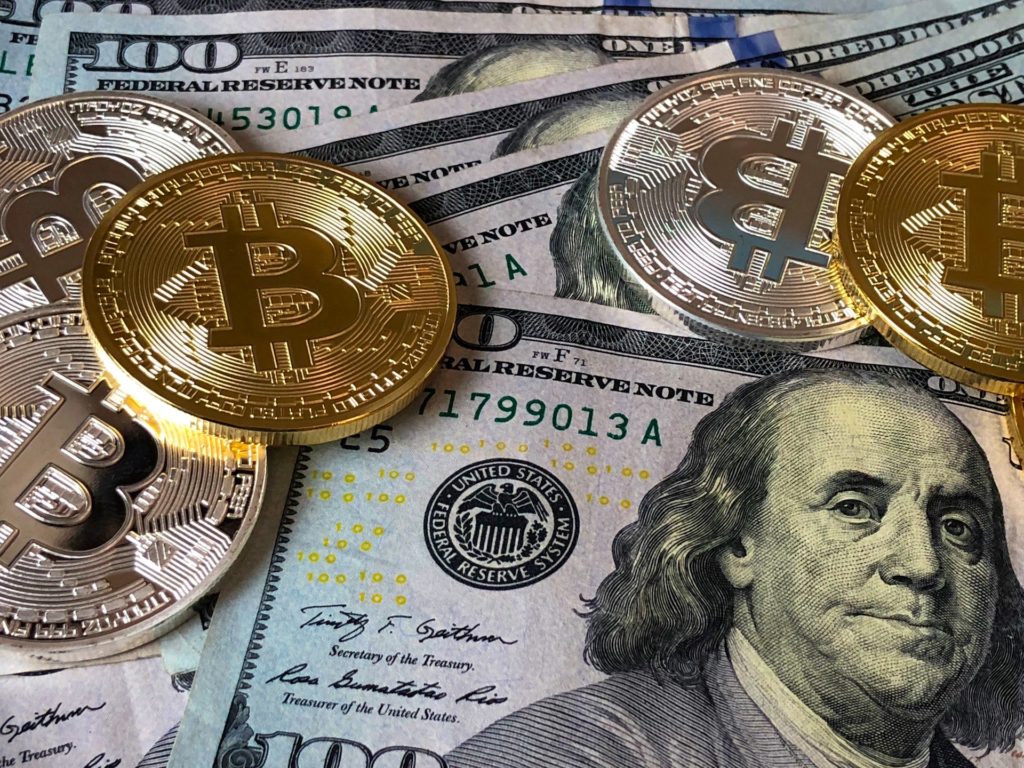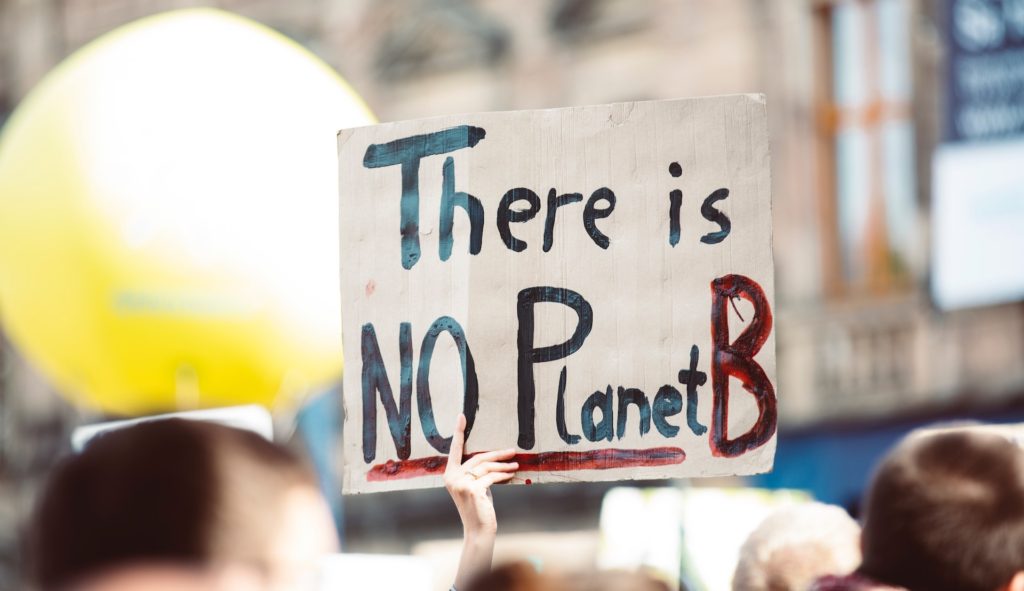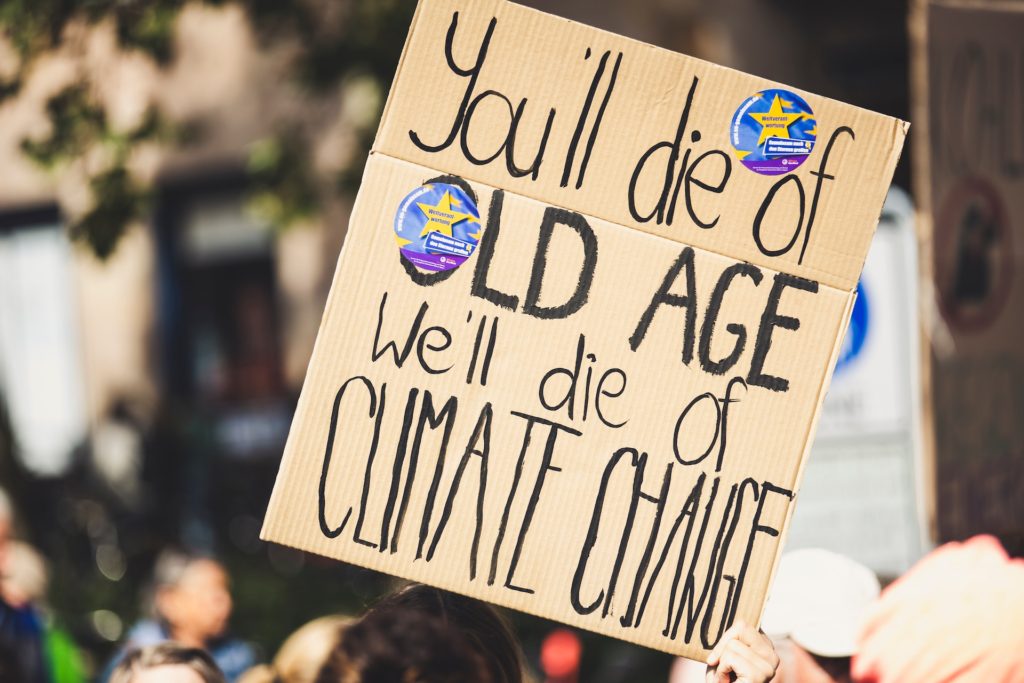Sustainability can mean different things to different people. It will mean one thing to a business person and another thing to an environmental scientist. I also have my own interpretation of sustainability, as a blogger in the green living niche. But this post isn’t about what I think sustainability is or should be (even though there’s a section for that at the end). This post is going to cover sustainability, it’s three pillars, different meanings of the term, and more. There’s so much to cover so let’s get started.
Table of Contents
Sustainability Definition
First and foremost, let’s start with a general definition. Sustainability means acting today in a way that does not negatively affect how we can function in the future.

What are the three pillars of sustainability?
The three pillars of sustainability are economic, environmental, and social sustainability. When all three pillars are in balance, true sustainability exists. This also means that each pillar has its own version of sustainability. This blog focuses on environmental sustainability, but all three are equally important. True sustainability couldn’t exist while missing any one pillar.
What is environmental sustainability?
Environmental sustainability means treating the environment today in a way that does not negatively affect the environment moving forward. This definition for the environmental pillar is very similar to the definition I provided earlier for true sustainability, and really is only changed by a couple words.
The meaning behind the definition is very clear, whatever we do to the environment today should not prevent future generations from benefiting from the environment as we do. That’s the baseline for environmental sustainability. In reality, we need more than that today. The world has been functioning so wastefully, that we need restorative sustainability. That is, we have to be acting in a way that leads to positive environmental impact and not just maintaining a neutral impact. We have to live so that we rebuild damaged and destroyed ecosystems and habitats.

Preserving Natural Resources
Most definitions for environmental sustainability mention preserving natural resources. Natural resources include anything you could get out in nature. Natural resources could be water, air, sunlight, soil, animals, rocks, plants, and more.
Restorative sustainability applies to natural resource preservation. Our consumer habits have devastated ecosystems and natural habitats, so we all have to now build them back up and protect them so they can regrow and reestablish. This concept isn’t as new as it seems. Protecting and rehabilitating endangered animals is a form of restoration.
But as just mentioned, preserving resources or maintaining a neutral impact isn’t enough. Our consumer habits have devastated ecosystems and natural habitats. So now, we all have to build them back up and protect them so they can heal from decades of unsustainable practices.
What is corporate sustainability?
Corporate sustainability is when a business balances (or aims to balance) all three pillars of true sustainability in their business model. That means the business is considering environmental, social, and economic sustainability. Because I didn’t touch on economic or social sustainability earlier, I’ll do that here.

What is economic sustainability?
Economic sustainability means to grow the economy without negatively affecting social or environmental sustainability.
Economic and environmental sustainability work together (when working properly) to ensure that the economy does not grow at the expense of the environment. An example of poor economic sustainability would be prioritizing Amazonian land (for profit) over the environmental contributions the Amazon forest provides, like carbon sequestration and biodiversity. Prioritizing economic gains over economic sustainability and true sustainability happens all the time, like when the Amazon rainforest experiences deforestation.
Economic and social sustainability also overlap often. Poor working conditions is a great example of when social sustainability is neglected in favor of the economy. Most people want the factory workers making their goods to work in good conditions. If you knew the person that knitted your sweater worked 14 hour shifts and made 9 cents a day with no restroom breaks, you’d be less willing to buy that sweater. That’s because you understand that the economic worth of the sweater isn’t in balance with social sustainability.

What is social sustainability?
Social sustainability is about measuring and ensuring social impacts on people are positive overall.
A business would approach social sustainability by looking at how they treat employees, how much employees are paid, benefits, and other things that affect people and ensure a positive long-term impact. Social sustainability could also refer to things like community, healthcare, and other social systems that have an impact on people.
Environmental sustainability and social sustainability might meet when we consider how real estate development can positively affect social development by building community but negatively affects the local ecosystems.
Most of the examples you can think of where economic, social, and environmental sustainability overlap are examples of when 2 of the 3 pillars are not in balance. That’s because operating in a way that negatively affects the future will always catch up to us. We live in a time where that reality is our current reality. Worsening natural disasters, food shortages, droughts, fires, and even the Great Resignation are what happens when true sustainability is neglected over a long period of time.
What are the UN sustainable development goals?
Now that I’ve covered several terms, and raised the issues we see when sustainability isn’t a priority, let’s look at a major player on the planet. No matter how you view them, the United Nations is a major player in the global climate crisis. They organize and set goals for many countries on our planet. No one country could combat climate change, so some form of unity really is essential.
Back in 2015 the United Nations created 17 different sustainability goals. These goals are designed to create a better future for “all” and are a part of the 2030 Agenda for Sustainable Development. Each goal has its own targets, events, publications, and actions. The goals include:
- No Poverty
- Zero Hunger
- Good Health and Well-Being
- Quality Education
- Gender Equality
- Clean Water and Sanitation
- Affordable and Clean Energy
- Decent Work and Economic Growth
- Industry, Innovation, and Infrastructure
- Reduced Inequalities
- Sustainable Cities and Communities
- Responsible Consumption and Production
- Climate Action
- Life Below Water
- Life On Land
- Peace Justice and Strong Institutions
- Partnerships for the goals
So why bring this up? Aside from the importance of global cooperation, the UN’s goals also highlight today’s sustainability concerns. And they also provide examples of how the three pillars of sustainability can overlap and lead to serious issues when we neglect any number of them.

Why is sustainability important?
Sustainability is important now, more than ever, because we face so many life-changing issues. Clean drinking water, secure and dependable food production, and thriving healthy habitats are key to how you live your life everyday. If we continue to wreck the environment or our social systems for economic gains then all three are likely to collapse.
Many of the hot topic concerns you see on the news are a direct result of the imbalance amongst the three pillars. Social systems that harm people like the lack of health care or even racism can end up costing the economy more money than it would cost to resolve the issues in the first place. Affordable childcare is a social system that would increase the available workforce, increasing access to health care, overall consumption, and tax dollars for even more social services. Without it, the whole system pays the cost in lost opportunity.
Without a significant change in how humans live across the planet, all three of the pillars will continue to show signs of stress and lead to more and more harm and devastation.

What does sustainability mean to me (and you)?
This blog focuses on environmental sustainability. But clearly, environmental sustainability interacts or depends on social and economic sustainability all the time. So I might be focused on what’s going to landfill or how much plastic I’m using, but it’s impossible to separate that from what’s available to certain people, how much money sustainably alternatives cost, or if alternatives are even offered by businesses near you.
Today, we spend money to clean oil spills, to protect endangered animals, to revive dying reefs, and more. That cost is the direct result of unsustainable actions that have been occurring for decades. We literally have to pay for the unsustainable behavior of our ancestors. Like it or not, someone always pays and I don’t want someone else to have to cover my tab long after I’m gone.
My generation will continue to pay. In our respiratory health, polluted drinking water, food shortages, lower life expectancy, and so on. Sustainability, to me, is about recognizing that the systems we have today are faulty and harmful, figuring out how to change them, and doing the work to change. So that my generation and future generations don’t have to continue to pay the price for our reckless and harmful regard for the planet.
Thanks for joining me today! If you liked this content and want to see more, please subscribe to my newsletter. You can do that here!
One way that corporations are working to balance economic sustainability with environmental sustainability is through carbon offsetting. To learn more about what that is and how it works, check out this post!
Sustainably is supported by readers like you. When you buy through links on this site, we may earn an affiliate commission at no additional cost to you. You can read more about affiliate links on our “Affiliate Marketing…” page.